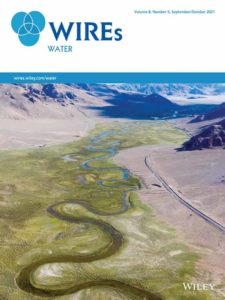 Title: Managing floodplains using nature-based solutions to support multiple ecosystem functions and services
Title: Managing floodplains using nature-based solutions to support multiple ecosystem functions and services
Abstract
Floodplains include unique environments shaped over a long time horizon along rivers and smaller streams and formed by alluvial sediments. As floodplains are flat, often with highly fertile and well-accessible land, they have become the intrinsic focus of human society—while providing a variety of goods and ecosystem services. Intensive land use of floodplains is degrading their natural values and significantly reducing their ecosystem functions and services. A significant part of these key services is related with the ability of floodplains to retain water and nutrients, which can be understood as a flood control and a water-retention function. Although these ecosystems serve a number of other basic functions, the importance of floodplains as a place for water retention during extreme discharges caused by intense rainfall or snowmelt and the supply of water in times of drought are essential under conditions of global change. In order to increase the ability of floodplains to perform these functions, it is increasingly required to preserve the connectivity of rivers with surrounding floodplains and adapt human activities to maintain and restore river ecosystems. This article reviews the recent understanding of floodplain delineation, the most common causes of disturbance, the ecosystem functions being performed, discussing in turn the measures being considered to mitigate the frequency and magnitude of hydrologic extremes resulting from ongoing environmental changes.
Full citation: , , , , , , , , , , , , & (2021). Managing floodplains using nature-based solutions to support multiple ecosystem functions and services. Wiley Interdisciplinary Reviews: Water, 8(5), e1545.
Full text available here.
